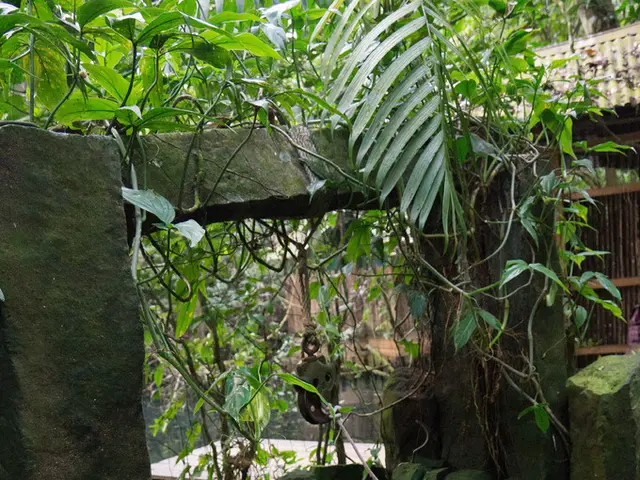Halloween's Global Boom Leaves Behind a Trail of Waste
Halloween, once a humble celebration, has grown into a global phenomenon with a significant environmental footprint. This year, Americans are set to spend a staggering $11.6 billion, while the U.K. expects a £1 billion boom. However, the holiday's popularity comes at a cost, with Halloween costumes and decorations contributing to waste and pollution.
A significant portion of Halloween costumes, around 85%, end up in textile dumps after being worn just once. Many costumes are primarily made from plastic, further exacerbating pollution. Even pumpkins, a staple of the holiday, often go to waste. In the U.K., 60% of pumpkin-carvers don't use the cucurbits for food, leading to unnecessary waste.
The holiday season, including Halloween, often encourages overconsumption and waste. A 2019 study found that $400 million worth of uneaten candies are thrown out every Halloween. The escapism and anonymity provided by costumes also contribute to this issue, with people buying new outfits each year.
As Halloween continues to grow in popularity, so does its environmental impact. With costumes containing toxic chemicals, contributing to textile waste, and adding to plastic pollution, it's clear that change is needed. This year, consider reusing or recycling old costumes, buying sustainable Halloween costumes, and making the most of your pumpkins. Let's make Halloween a little greener.








